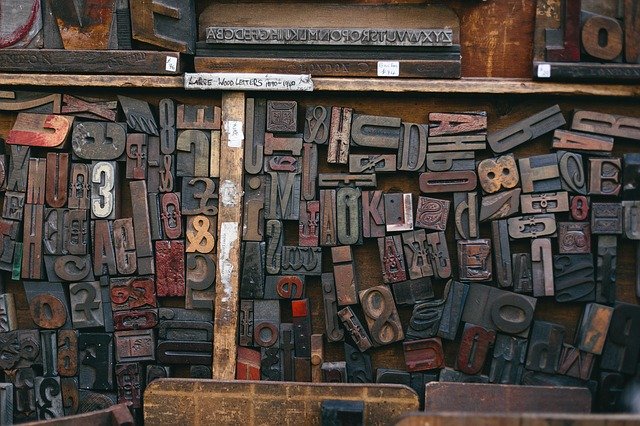Writing out numbers can be intimidating. Luckily, in many circumstances, you simply need to make things sufficiently clear to evade significant disarray and debates. For instance, when writing a check, banks will just reference the words to verify the numerals composed elsewhere on the check. Here are a few hints to compose numbers in words.

Use Hyphens
In fact, numbers between 21 and 99 ought to be hyphenated if it closes in a number other than “0.” However, traders couldn’t care less about formatting rules when you’re writing a check. They simply don’t need the check to ricochet. If you neglect to include a hyphen or include one where you shouldn’t, they aren’t probably going to notice or care.
“What’s More, Replaces the Decimal Point
Try not to utilize the word “and” after “hundred” or “thousand” if full dollar sums tail it. The word “and” is just utilized before the number of pennies. At the end of the day, you can utilize it after the hundreds or thousands, yet just if the number of pennies follows. Informally, you may hear individuals state “200 and five dollars,” yet that isn’t the right method to compose the number.
Keep Your Word Choice Formal
Keep away from any informal terms when writing out numbers. Again, the vast majority couldn’t care less what you compose as long as it bodes well, yet lucidity is useful. It’s in every case best to keep your payments moving easily so you and your check’s beneficiary don’t need to manage inquiries from a bank.
Commas Add Clarity to Numerals
When using numerals to pass on a number with four or more digits, utilize a comma to help the eye rapidly measure the number. A comma ought to be set with every three characters left from the decimal. When there is no decimal since you’re dealing with an entire number, you can intellectually add a decimal to the correct side of the figure. However, don’t utilize any commas when you work out the number using words.
Comma Use Varies by Nation
The guidelines for mathematical commas may change if you travel outside the U.S. In some different countries, the comma and decimal point basically switch jobs. For instance, a number that shows up as “1,234.59” in the U.S. may be composed as “1.234,59” in different pieces of the world.4 If you’re traveling abroad and need to comprehend what the numerical methods are, search for squares of three numbers.
Words Make It Official
The sum you compose with words is the official measure of your check. If the sum in a numeric organization differs from what you write in word design, U.S. specialists require the bank to go with the sum worked out in words.
In numerous cases, the individuals receiving checks just glance at the mathematical figure. Checks with inconsistencies could easily go unnoticed, particularly when stored at ATMs. In any case, someone will see an issue with your check if you have insufficient assets or later debate the payment.
More Practice With Large Numbers
As numbers develop, they get more earnestly to state and compose—until you become acclimated to them. If you’re struggling to comprehend the idea of writing numbers with words, start small. Practice with two-digit and three-digit numbers, then stir your way up to millions and billions. Check what number of numerals there are to one side of the decimal point to figure out what kind of number you’re dealing with.
